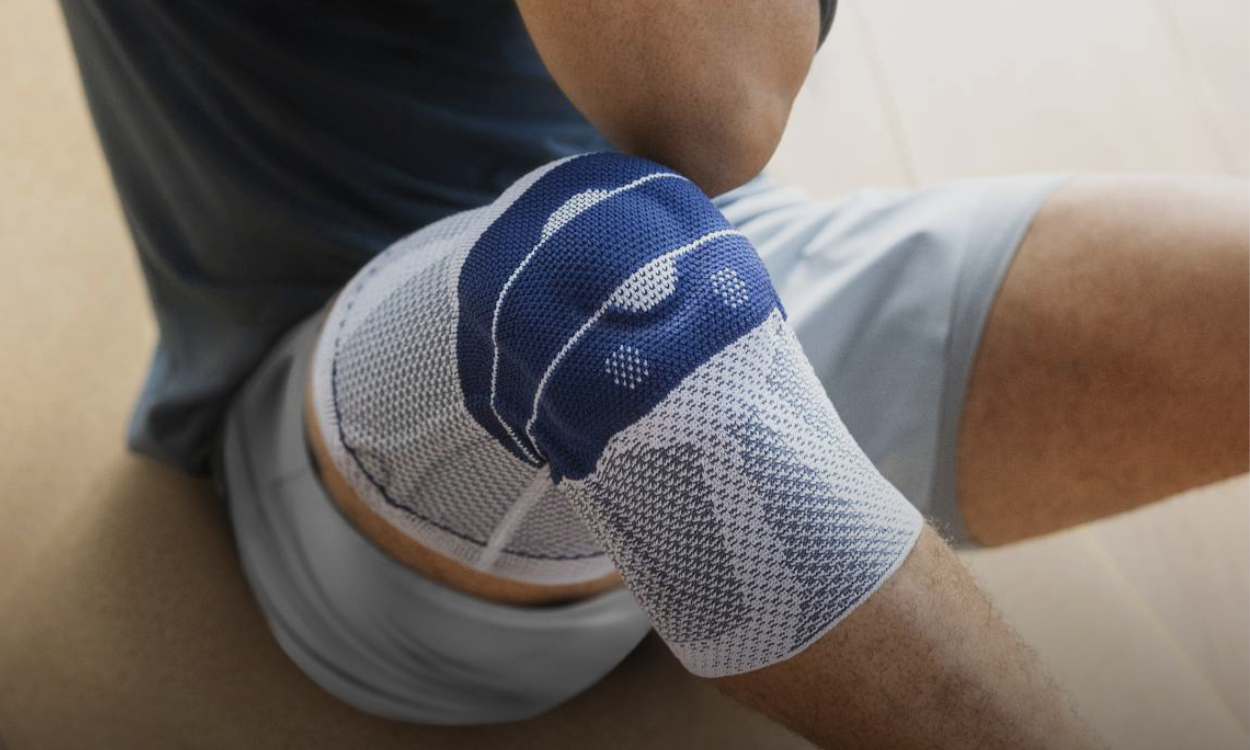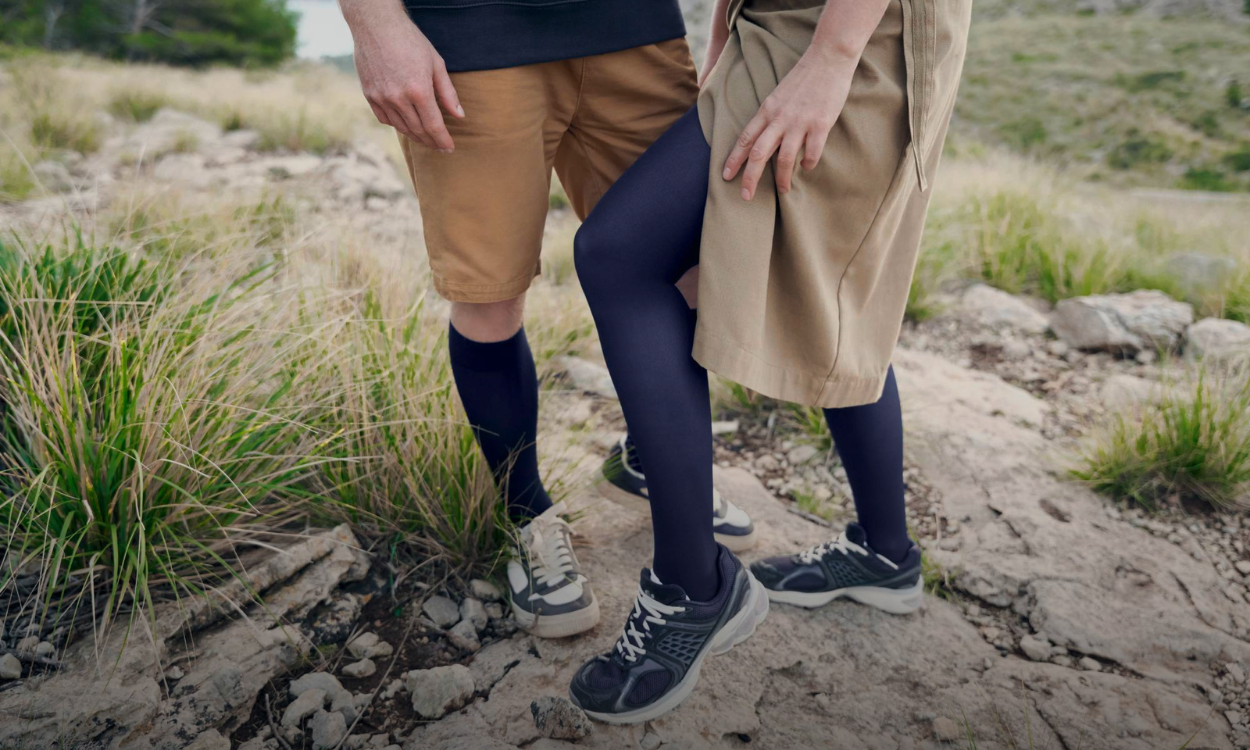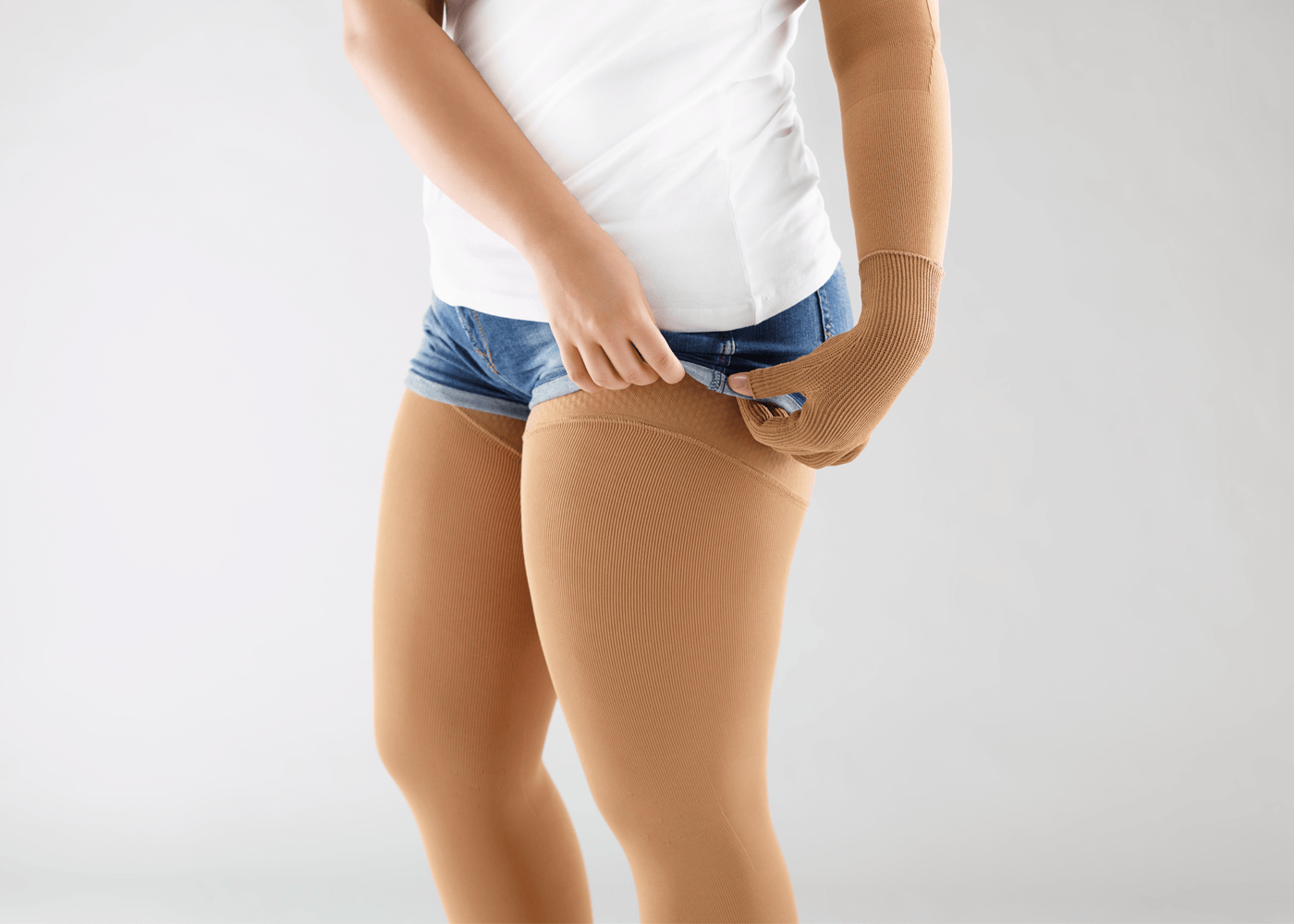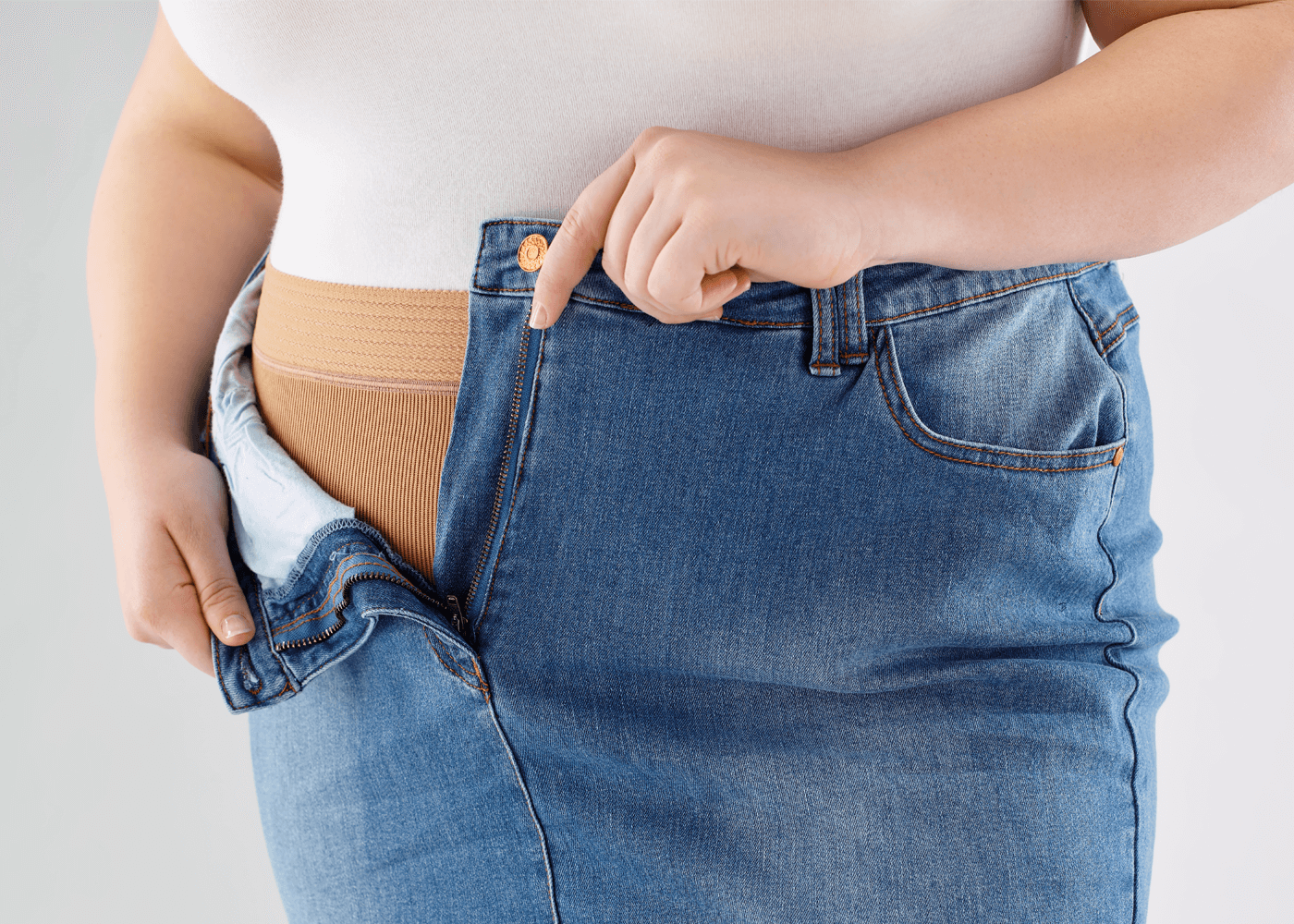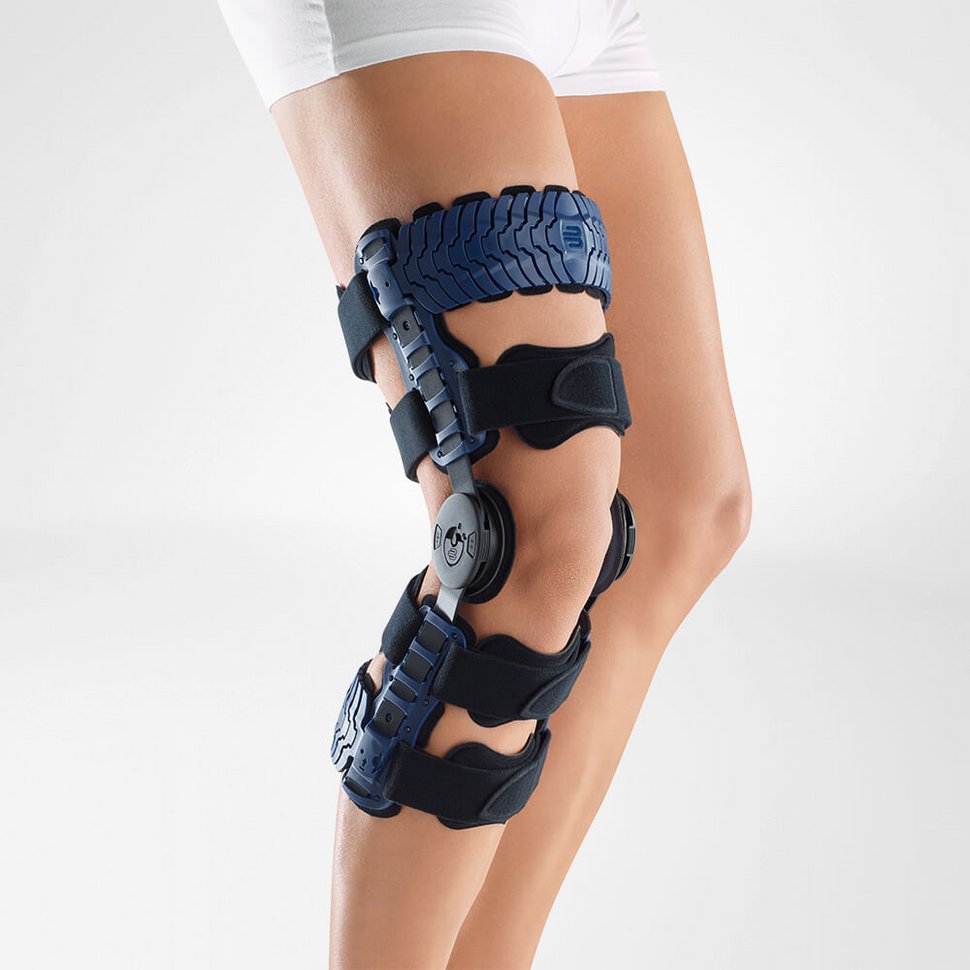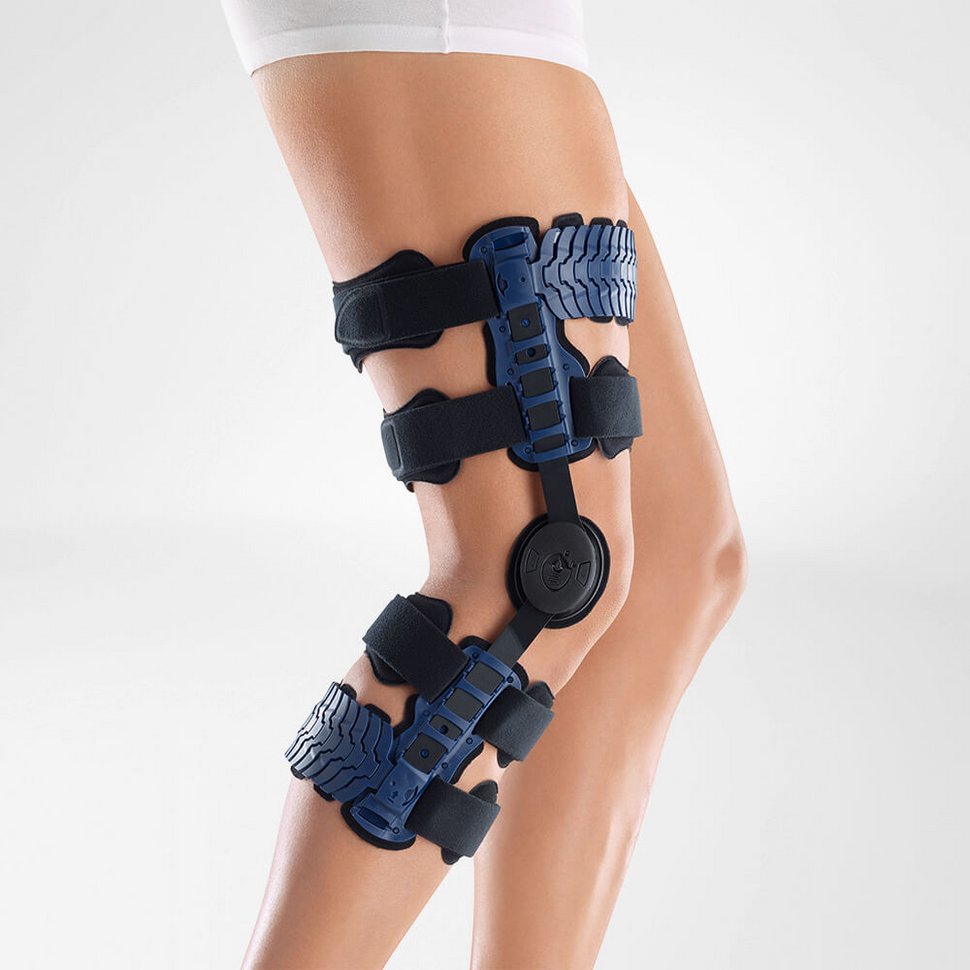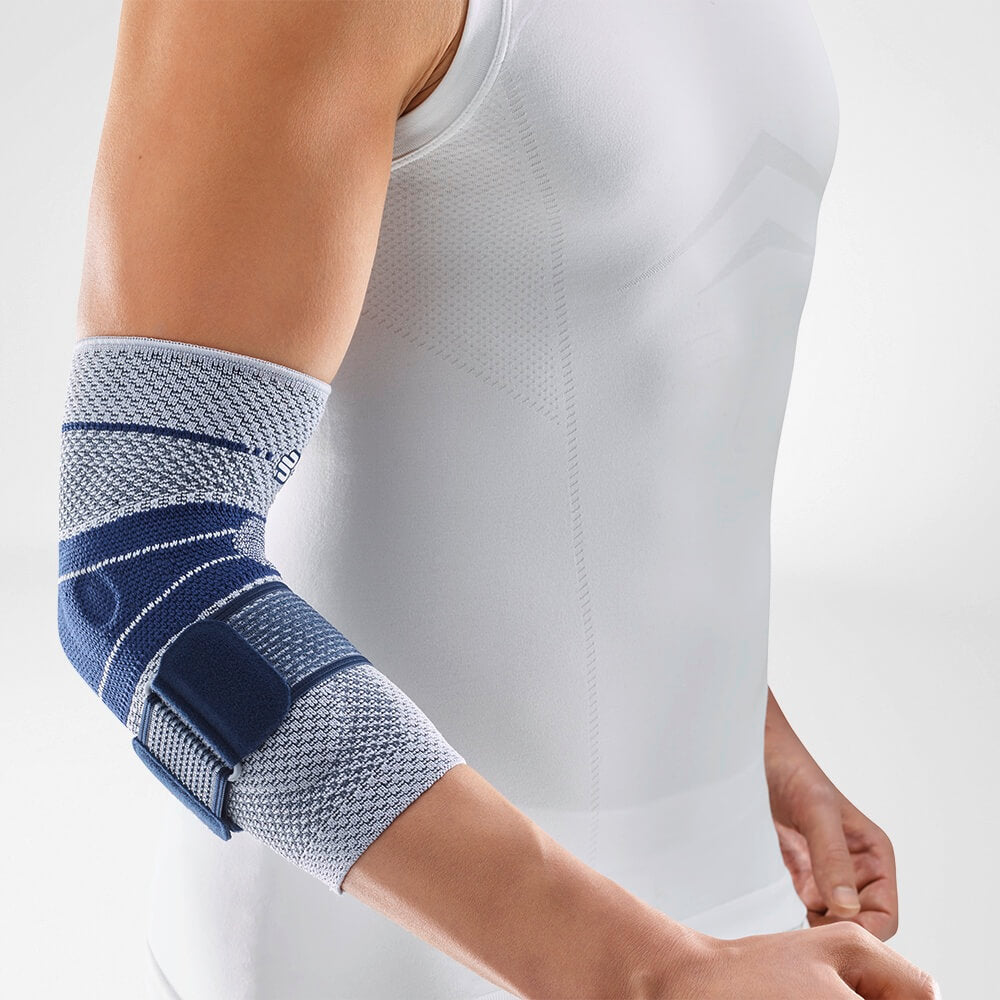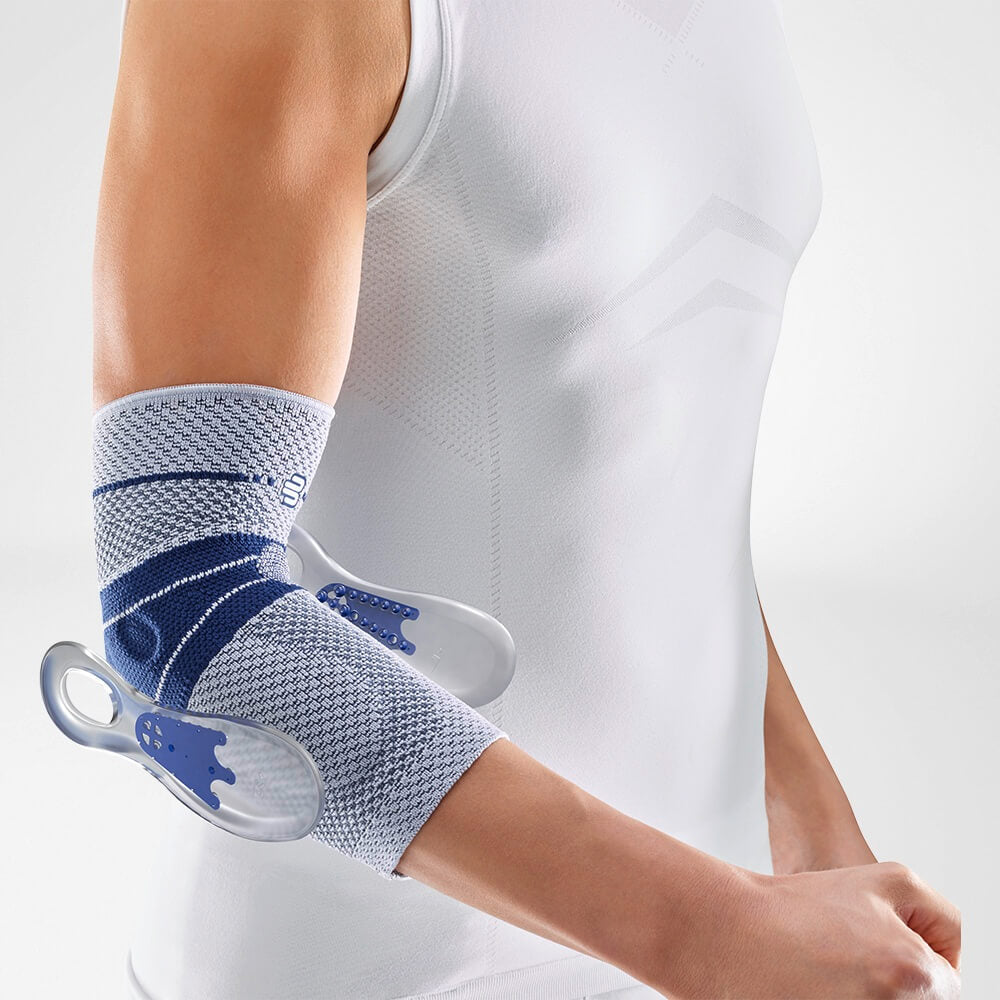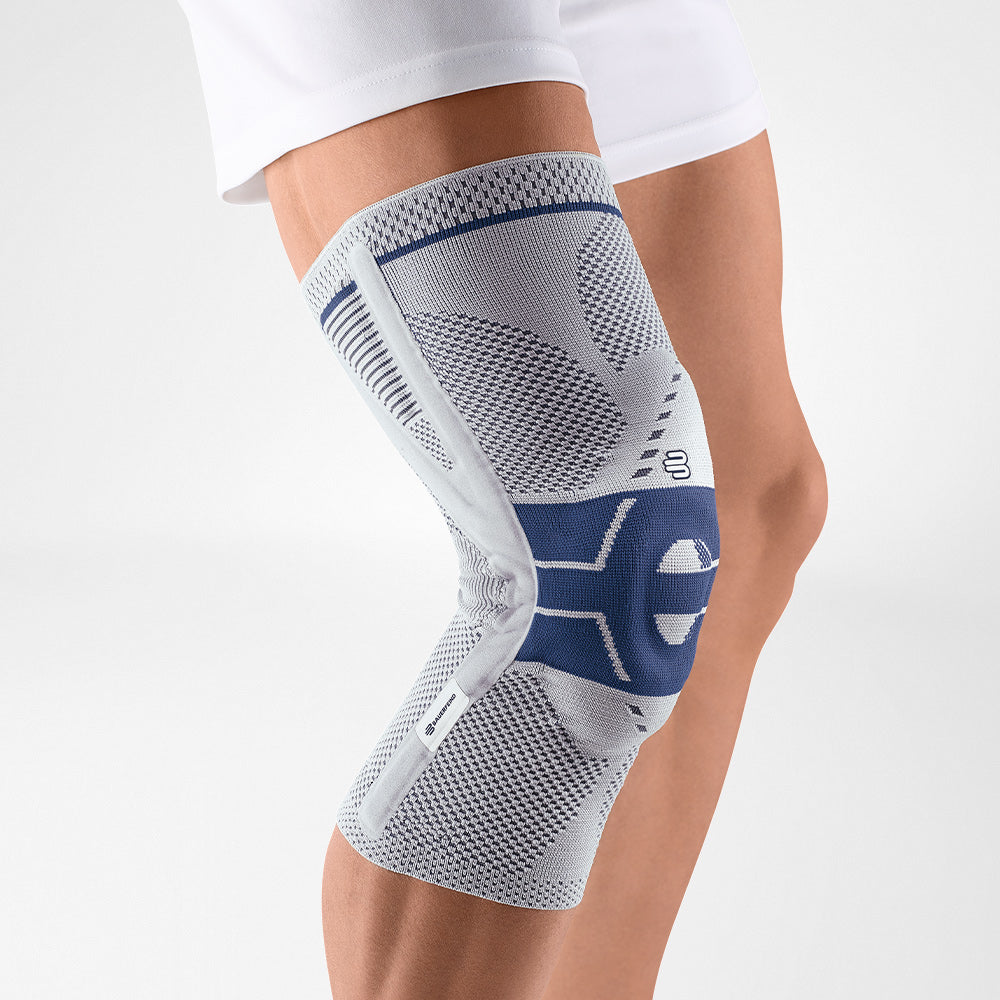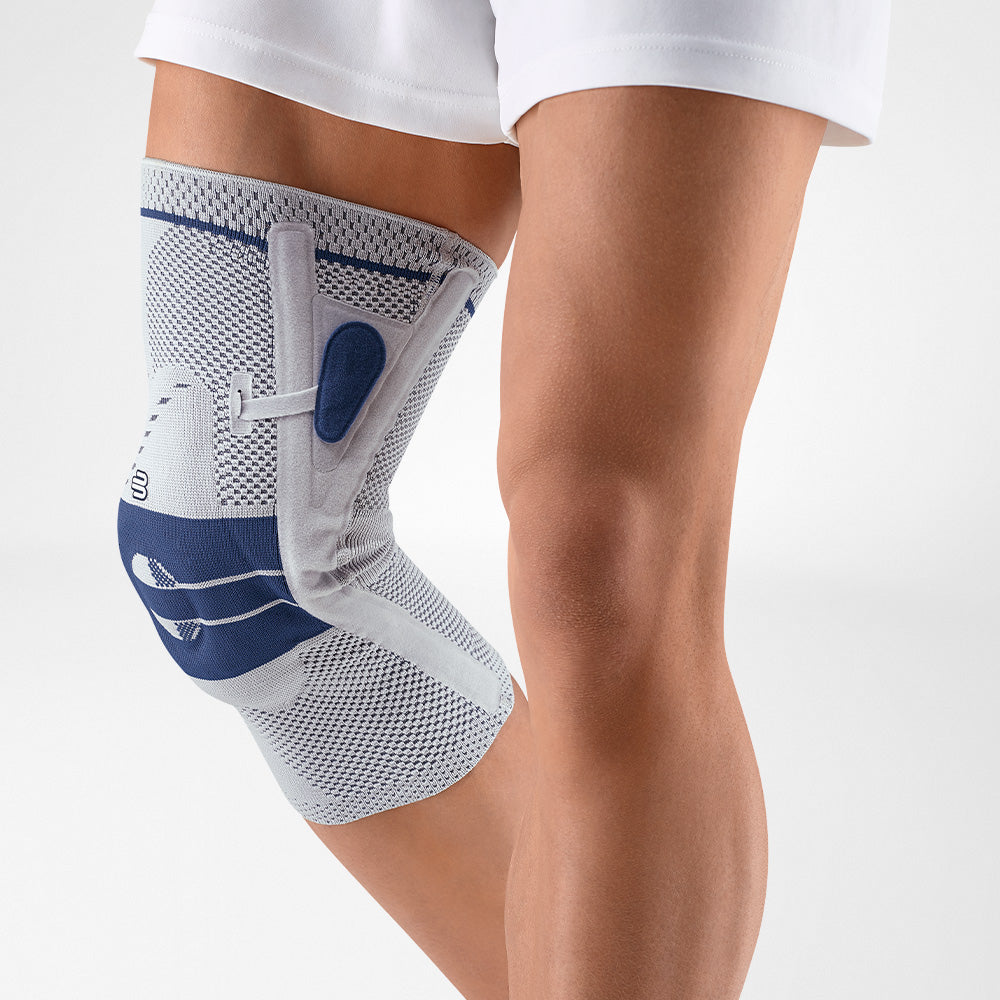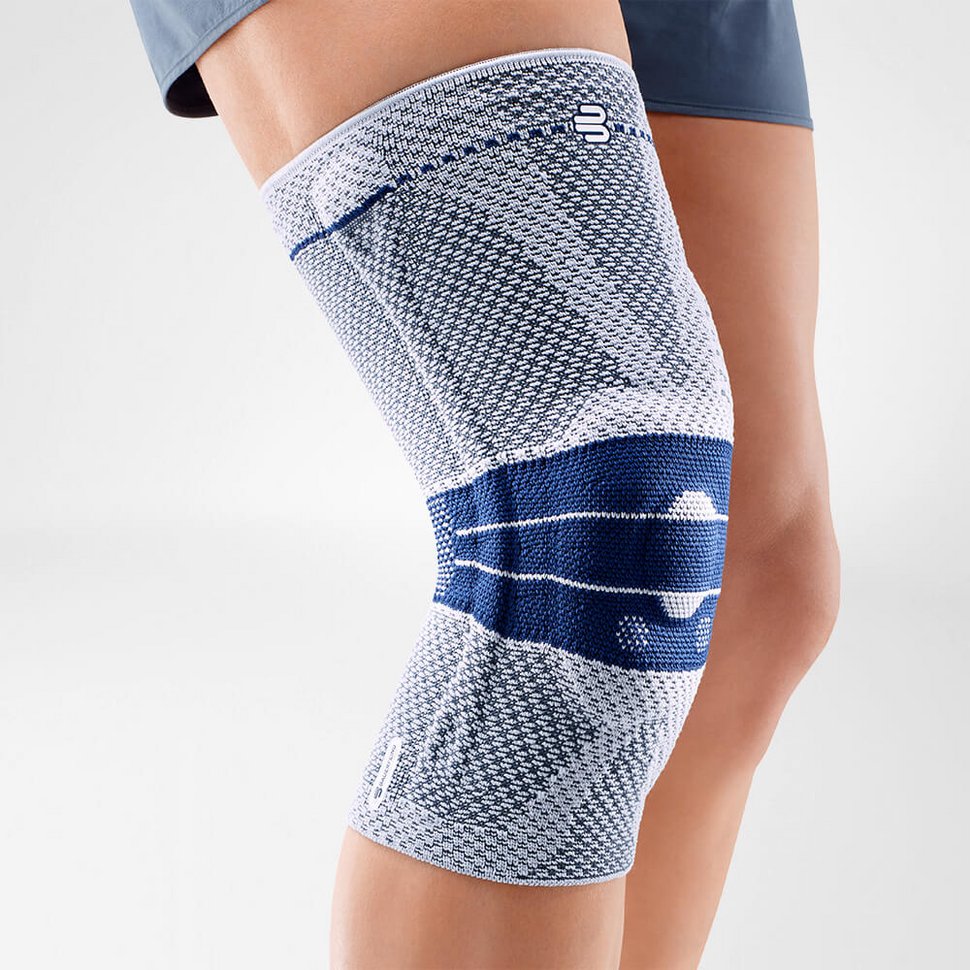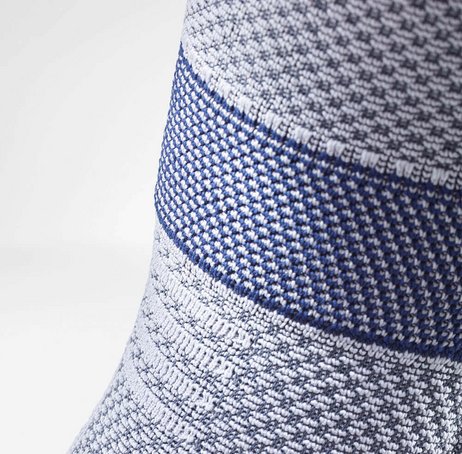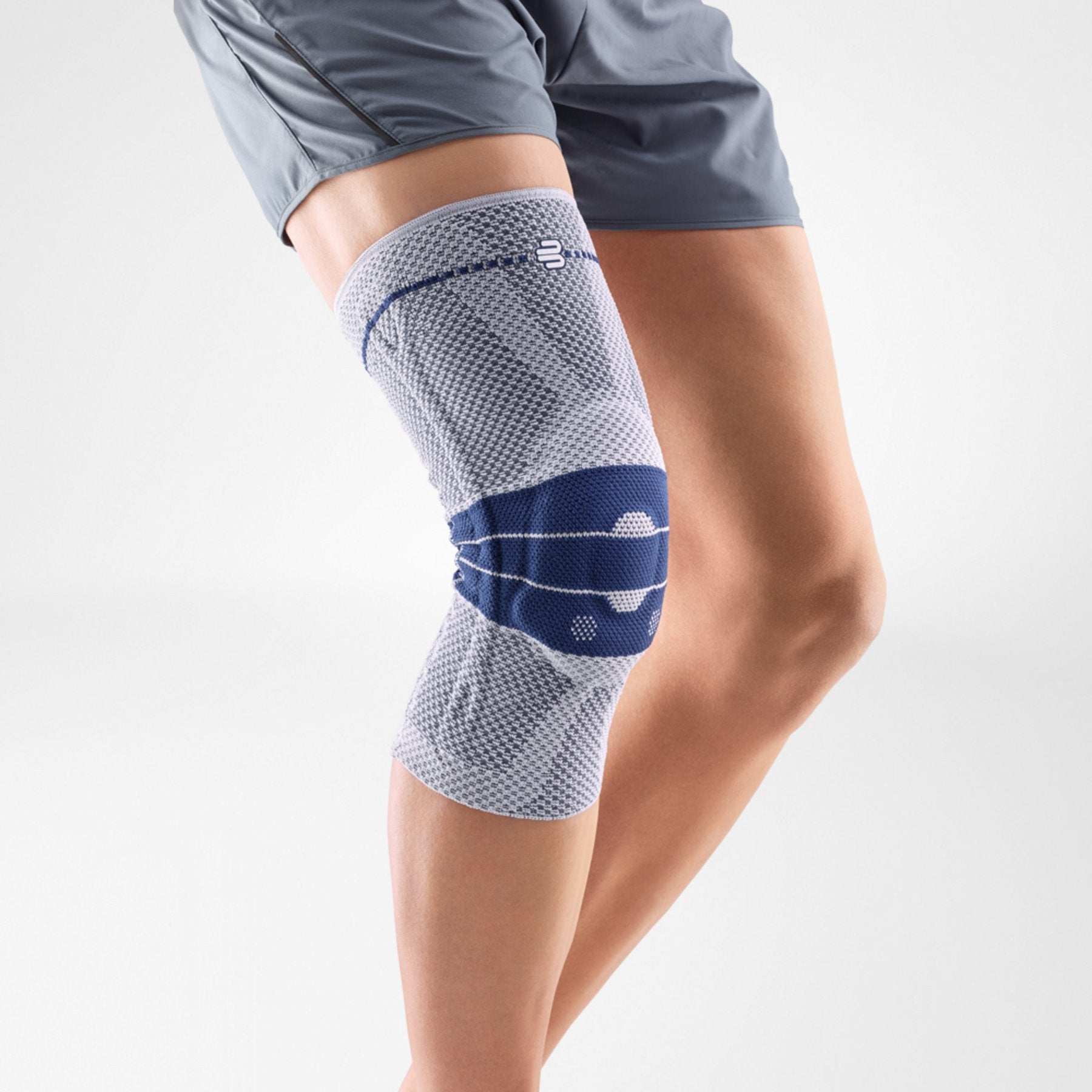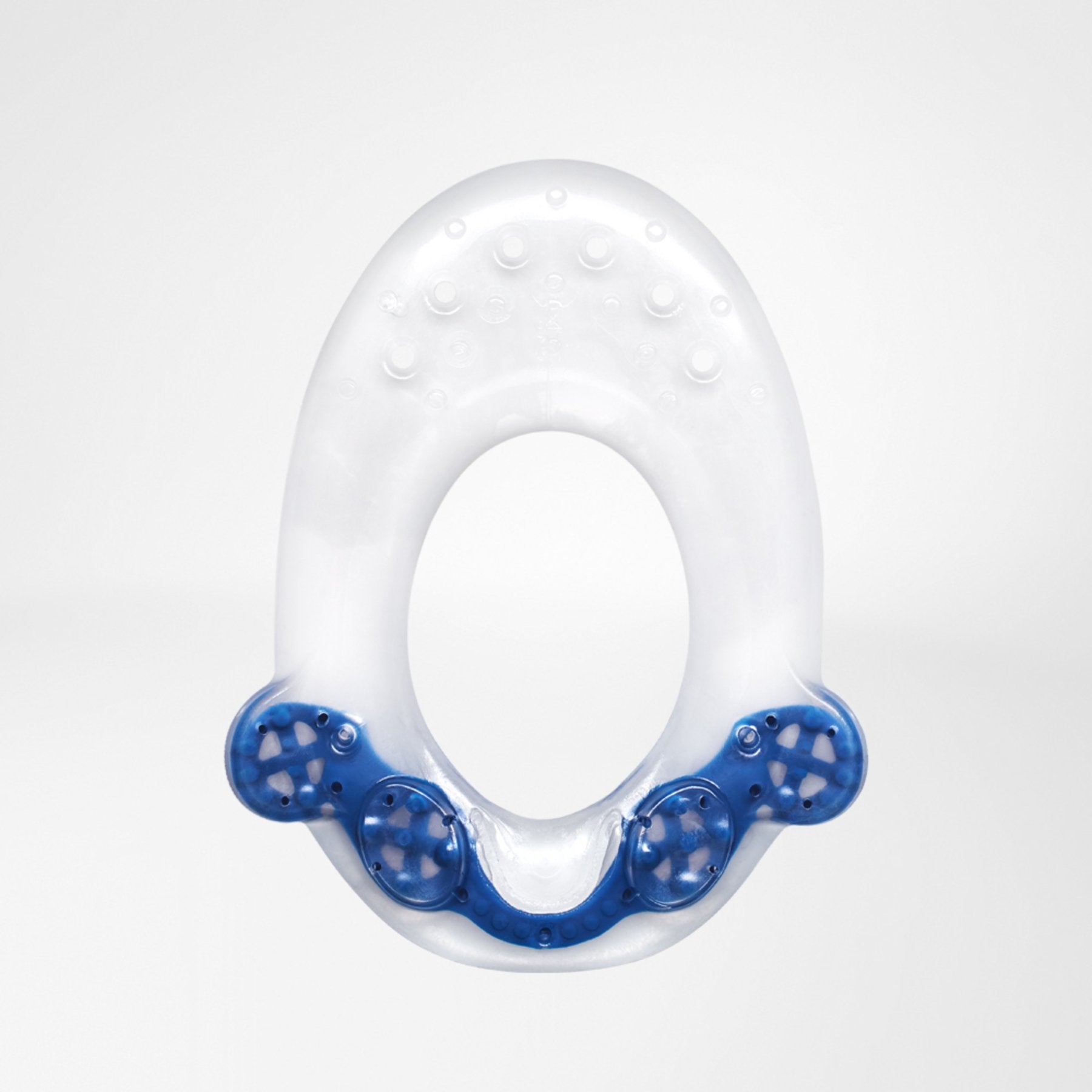ELEPHANTIASIS: LEGS ENLARGEMENT DUE TO SWELLING OF TISSUE
The lymphatic system in our bodies is an intricate collection of muscles and tissue. The primary functions of the system are to ensure efficient waste management as well as facilitate the transfer of nutrients and fluids through the body.
It is extremely important for the regular functioning of our immune system. Blockage in these paths can lead to lymphatic congestion (build-up of fluid).
A patient suffering from this congestion can have excess fluid build-up affect the legs in particular. When this builds up to a severe point, the patient can often develop the disease Elephantiasis, where the swelling becomes quite severe and asymmetrical in the lower legs.
This condition gets progressively worse and severely restricts mobility. There is associated pain and discomfort and typically Elephantiasis has a heavily debilitating effect on quality of life.

CAUSES OF ELEPHANTIASIS
There are broadly two types of Elephantiasis:
- Congenital: Medical research has shown that hereditary pre-dispositions in some patients may lead to malformations of the lymphatic vessels or in underdeveloped vessels that are unable to function effectively. As a result, the first symptoms begin to appear in infancy.
- Acquired Elephantiasis: The second type of Elephantiasis can arise from a few varied causes. These include,
- The most common cause of elephantiasis is a filarial infection (known as Lymphatic Filariasis). Filaria worms are found in some parts of the world and can be transmitted through mosquito bites. The bacteria from these worms enter the Lymphatic system and grow there, and over time they cause inflammation in the area.
- Pre-existing conditions such as neurofibromatosis, that leads to damage in the lymphatic vessels.
- Damage from tumours, metastases or accident trauma.
- Chronic herpes infections.
- Other forms of worm or bacterial infections (most commonly found in developing nations).

ELEPHANTIASIS SYMPTOMS
The most commonly known symptoms to be associated with Elephantiasis include,
- Severe swelling of the affected legs due to excessive build-up of fluids in the lymphatic system. The limbs typically enlarge significantly as the disease progresses and causes distinct malformations.
- The legs become stiff, wrinkled and appear darker than normal.
- The skin becomes tight and it is common to develop patches of dry flaky skin.
- Tight folds of skin might be formed around the toes.
- In some cases, patients can develop a fever.
- Most patients experience severe discomfort and pain and are always tired. The constant pain and heavy legs make everyday life increasingly difficult.
The occurrence and extent of the symptoms depend on the progression of Elephantiasis but in most cases, mobility is severely restricted, and a patient’s quality of life is drastically diminished.
Chronic cases of progressive elephantiasis often lead to permanent changes in the skin and connective tissue. At this point the change is irreversible. Immediate medical attention is highly recommended to avoid severe long-term complications.
DIAGNOSIS OF ELEPHANTIASIS
Diagnosing Elephantiasis can be rather tricky. The initial symptoms can sometimes be neglected or misdiagnosed as lymphoedema.
A medical professional thus begins with a complete physical examination to assess the symptoms. A complete patient history, with recent travel destinations, can shed light on the risk of a filarial infection. Pre-existing conditions or post-operative trauma like in the case of an accident trauma can help build an accurate diagnosis.
Sophisticated imaging technology like Ultrasound imaging can be used to detect damage to the lymphatic system and also pools of fluid.
TREATMENT FOR ELEPHANTIASIS
Treatment for Elephantiasis is usually conservative, with particularly severe cases warranting a more intense approach. A few proven measures include:
-
PRESCRIBED DRUG THERAPY
It is highly recommended to deal with the most common cause of Elephantiasis first; the Filarial infection. Diethylcarbamazine (DEC) is currently the best known anti-filarial medication used to fight the infection. Dealing with the root cause of the lymphatic congestion greatly helps alleviate symptoms and can stop the long-term progression of the disease.
-
LYMPHATIC DRAINAGE MASSAGE
Lymphatic drainage massage should be used to stimulate the surrounding area and naturally encourage drainage of lymph fluid to alleviate symptoms. In chronic cases, more invasive methods of lymph drainage might be necessary.
-
COMPRESSION THERAPY
Compression therapy is the gentle application of targeted pressure on the affected area using a medical compression garment. Compression garments like the VenoTrain CuraFlow and VenoTrain Compression stockings are shown to significantly improve a patient’s quality of life.
Regular use of compression garments is instrumental in preventing the progression of Elephantiatis and is one of the most effective long-term methods of managing this condition. The medical-grade compression encourages the flow of lymphatic fluid out of the affected arm and can greatly reduce swelling.
-
SURGICAL INTERVENTION
In cases of malformations or blockage of the lymphatic system due to post-operative trauma or injury, surgical removal of the causes of lymphatic congestion has proven highly effective in alleviating symptoms. In chronic cases, surgery may be necessary to relieve pressure from the excessive build-up of fluid.
Everyday routine with a combination of the above helps slow and stop the progression of the disease and can have immense long-term benefits.
COMPRESSION GARMENTS
Once the causes of Elephantiasis have been remedied, the top priority is restoring and maintaining the quality of life for a patient. Alongside regular lymphatic drainage, Medical compression sleeves like the VenoTrain CuraFlow have been shown to be instrumental on the road to recovery. The fine-meshed flat knit fabric applies medical-grade compression on the affected limb. The sleeve ensures increased lymphatic fluid drainage and prevents congestion.
The VenoTrain CuraFlow exerts an even pressure on the skin and tissue which permanently increases the lymphatic drainage and provides support to the affected limb.

Bauerfeind offers premium, German-engineered compression garments, different from the cheap, neoprene sleeves currently offered in the Australian market. The high microfiber count makes the VenoTrain CuraFlow particularly soft and breathable. The seamless material makes it perfect for everyday use and has proven extremely beneficial for long term care.

